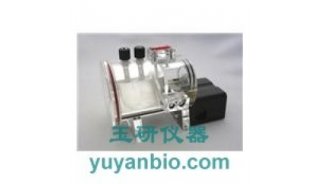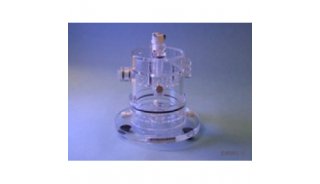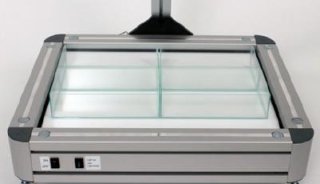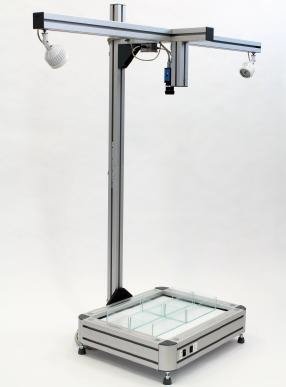Zebrafish whole mou...
实验概要
Whole mount staining of Zebrafish embryos, now commonly used, requires extra steps to fix and permeabilize to ensure the egg membrane is permeabilized. Incubations for fixative, blocking buffer, antibody, wash buffer, permeabilization and substrate color development will need to be much longer than normal immunocytochemistry /immunohistochemistry to allow for permeabilization right into the centre of the sample.
实验原理
Whole mount staining is the staining of small pieces of tissue, usually embryos, without sectioning onto slides first. This is often used on embryos by stem cell and embryonic development researchers and also neuroscientists who are able to stain the whole embryos at various stages to follow the expression of target proteins through the development of the animal.
Whole mount staining is very similar to immunocytochemistry (ICC) or staining of cryosections. If an antibody has been used successfully on cryosections (IHC-Fr - this does not including paraffin embedded sections), then the antibody should work for a whole mount embryo. The difference being that the sample being stained is much larger, and thicker, than a normal section on a slide. Therefore, incubations for fixative, blocking buffer, antibody, wash buffer, permeabilization and substrate color development will need to be much longer to allow for permeabilization right into the centre of the sample. Researchers use different times, but the details in these procedures provide a guideline for optimizing the experiment at these stages if necessary.
实验步骤
1. Place embryo in a 5 ml bijous in fixative for 1 hour. The fixative should be chosen carefully, depending on what has been previously used successfully with the antibody in cryosections, and also on the target protein. Use 4% paraformaldehyde (PFA), or perfix (this is very suitable for neuro markers).
Use a Pasteur pipette with the tip removed to move the embryo from one vial to another or to add or remove reagents. (this prevents any damage to the embryo from the narrow end of the pipette).
2. Wash at least 4X for 5 min in PBS 1% triton.
3. Permeabilize the embryos in ice cold acetone / PBS for 8 minutes only. The acetone will help to permeabilize the tougher egg membrane, which is not necessary for other species such as chick or mouse
4. Wash at least 4X for 5 min in PBS 1% triton.
5. Incubate the embryos twice for 1 hr in block (PBS 1% Triton 10% FCS), room temperature.
6. Incubate embryos in peroxidase block (0.1% H2O2 diluted in blocking buffer) overnight 4oC.
7. Wash embryos 2X in blocking buffer
8. Transfer embryos using Pasteur pipette with the end cut off to a 2 ml tube. Add primary antibody at the required dilution / concentration. It is recommended that as incubations can be very long in whole mount staining, the antibody should be diluted in blocking buffer containing 0.02% sodium azide to prevent microbial growth.
9. Incubate for 1 to 4 days on a gentle rotation devise at 4oC. This incubation time will require some optimization depending on the antibody and also the size of the embryo.
10. Wash embryo’s 3X 1 hr in PBS 1% Triton 10% FCS
11. Wash 3X 10 minutes in PBS 1% Triton
12. Incubate embryos in DAB substrate for 2 to 3 hrs RT.
13. Transfer embryos to a dish and add fresh DAB plus 5 μl H2O2 per 1 ml of DAB.
14. Rinse three times in PBS once reaction and staining have reached desired intensity
15. Mount and view embryo’s. Store at 4oC until analysis.
Mount in melted 1% agarose in PBS. Once the agarose is set, add 70% glycerol / PBS to cover the agarose and place a coverslip on the sample.




















